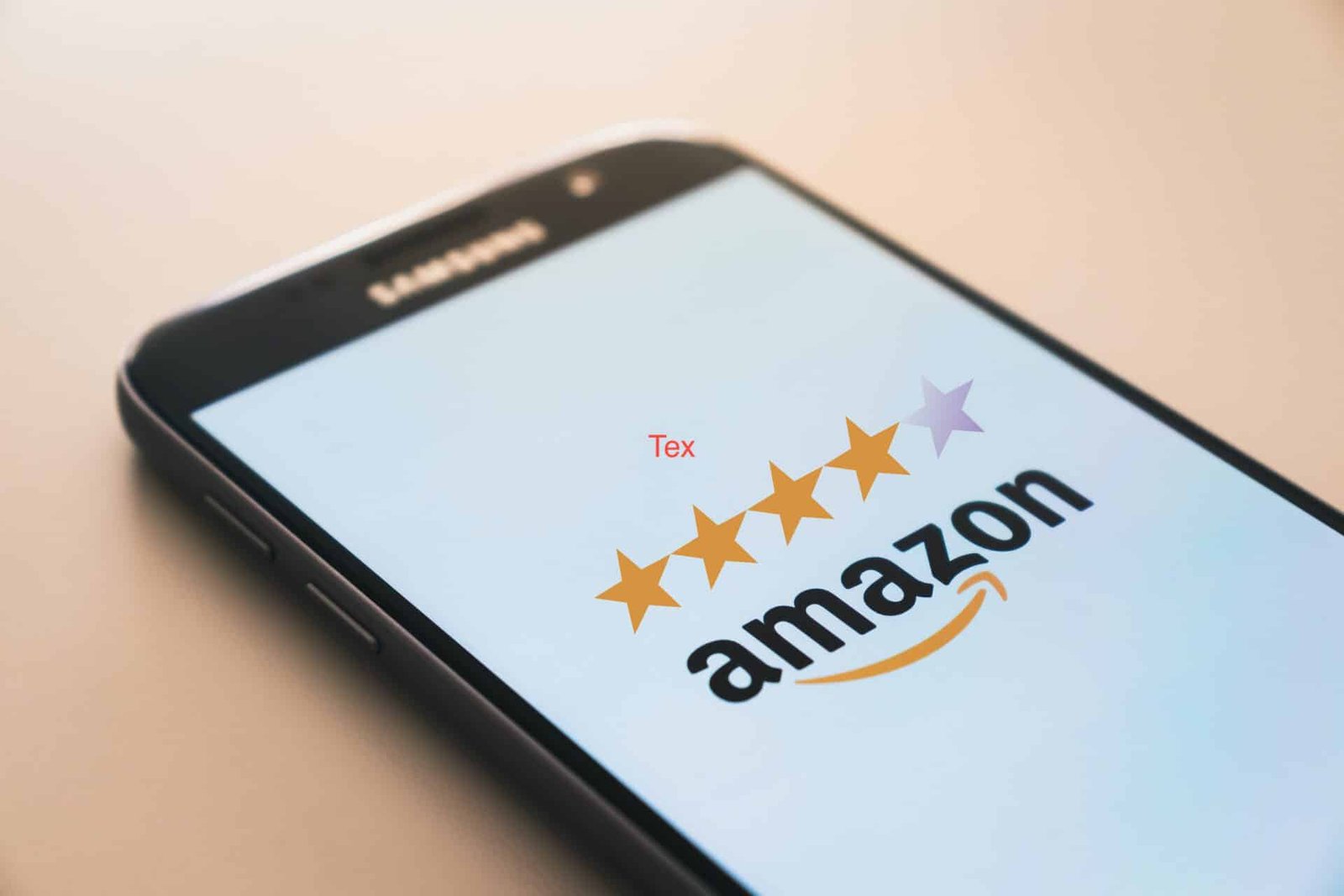When it comes to making decisions, most of us rely on our intuition. We all have a “gut feeling” that tells us when something feels right or wrong. Unfortunately, we often ignore this feeling in favor of more rational thoughts. This can be a big mistake, especially when it comes to making purchases. Insert Amazon Reviews. In one study, it was estimated that more than 60% of the reviews on Amazon were fake! I KNOW, RIGHT! There are also an estimated 3 million unverified reviews on Amazon, but verified doesn’t always mean legit. There are so many groups (primarily driven through Facebook) that have systems and processes in place that reward people for buying a product AND leaving a review. It’s shade. It’s been going on for a very long time. And we don’t blame people either. Amazon should shoulder the blame because their search ranking algorithm has placed an inordinate amount of weight on reviews.
So should you trust an Amazon review? Are all of them bad? How do you make an educated guess on choosing (and buying the right product)? Chances are high that you’ve bought a product (even tech products) that was pure garbage from Amazon. Even though a wide range of factors can influence your decision to buy, you should always pay close attention to what the reviews have to say and their ecosystem. Quite often, I’ll find myself using the filter and sort options for Amazon reviews to get a good pulse on their legitimacy. This is where your intuition needs to come into play because you’ll often be able to tell whether or not something is worth buying based not only on the feedback but the type of feedback. It’s especially important to take note of any warning signs that might indicate why something is getting bad reviews (or good). Always look for verified purchases (but these too can be manipulated). This can be very helpful but you should always check the product yourself before making any decisions. Essentially, don’t let other people mislead you! A lot of Amazon reviews are untrustworthy because it’s easy to pay someone to give a good review or many people feel compelled to do so with free items.
Trust Your Intuition When Making Tech Purchases On Amazon
We’ve all been there. We’ve found a product we like, so we go to Amazon. We click on the first result that pops up. It usually has the best price AND the best reviews. We buy it. And when we get it, it’s trash. I’ve done this with smart plugs, smart lights, wireless chargers, smart scales, smart blood-pressure monitors, smartwatches, smartphone chargers, Nintendo Switch docking stations, and on and on. You must develop your buying intuition. This is the ability to know something without any logical reasoning. It can be used to make decisions by considering all of the options and then choosing the one that feels right. Despite conventional wisdom, it is not a “gut feel”. Intuition can also be used to get in touch with your subconscious mind, which can provide guidance on making decisions.
Here Are A Couple Of Helpful Tips To Consider When Making Purchases On Amazon
- Trust your intuition when making purchases
- Avoid impulse buying. Ask yourself if you’re being too quick to buy something, or are you feeling pressured by a salesperson (or effective marketing copy)
- Consider what others have said about the product before buying it (not just reviews, but in real life people you know). Do they seem happy with their purchase or are they disappointed with it for any reason? You’d be surprised how great of a resource Facebook and Twitter can be when helping you make buying decisions.
- Consider whether the price is worth the quality of the item: Does it cost much more than similar items in stores nearby? Is there anything else that makes you feel uneasy about this purchase? If so, you probably shouldn’t buy it!
- Evaluate the price of the product in relation to the market. This is probably the most important tip we can give. If you’re looking for a smartwatch and found the one you like, but notice the price is about 20-30% lower than the market standard, this could be a red flag. Sadly enough, there is a lot of cheap-tech sourced from Asia and it’s not all bad. But it does have a presence on Amazon and sometimes it’s a game of roulette on whether the product will even work.
Red Flags To Look For When Buying Items Online
When you’re shopping for items online, it’s important to be aware of red flags that could indicate a scam. And trust us…there are scams out there (and not just on Amazon). Some red flags to look for include:
- The seller has no information about who they are
- Poor quality or inconsistency of reviews
- The product is listed at an unusually low price (we mentioned this earlier). Just digging a little bit into the competition will help determine this.
So…Should You Trust Amazon Reviews?
Yes and no. It’s more vital to be able to spot fake and suspicious reviews more than anything. More importantly than trusting Amazon reviews, you should trust your intuition. But first, develop and learn to listen to your intuition when shopping on Amazon, especially with technology products. Always be aware of any red flags that could indicate a bad purchase decision. If you’re ever unsure about a product, it’s always better to be safe than sorry and go with another option. Don’t always go with the name brand (but it’s a safe bet) though either. I remember first buying an ASUS and Lenovo computer and thinking, ‘the brand is so new, should I really be doing this?’ I did the research on the reviews and the product (spent quite a bit of time) and it was worth it. In fact, I still have an ASUS laptop that is still going strong! Also, don’t be afraid to look for reviews outside of Amazon. I remember my father having a subscription to Consumer Reports. He never bought anything until he read their reviews.
Don’t be afraid to trust your gut! If something doesn’t feel right about a purchase, it probably isn’t. Spend some time considering what would happen if this turns into an expensive mistake before making a decision on whether or not to buy something. In addition, always take special care in looking at product ratings because there are ways sellers can manipulate these numbers using techniques such as fake accounts and incentivized reviews so they don’t represent how many people actually bought from them.








